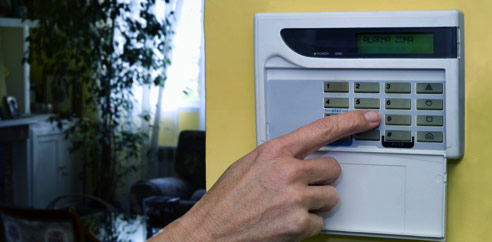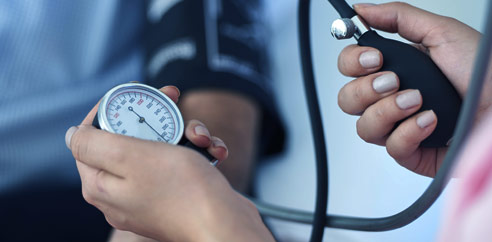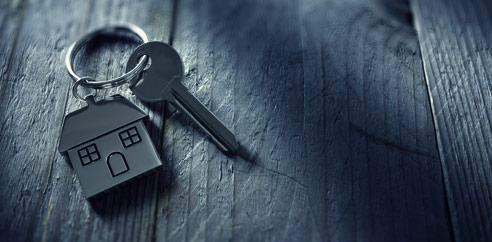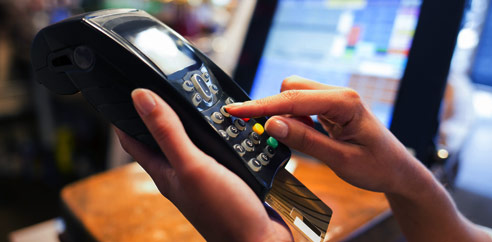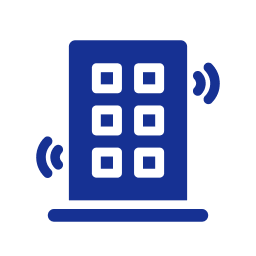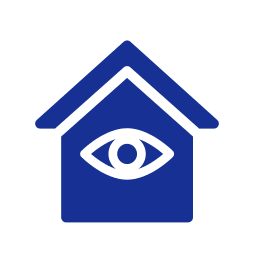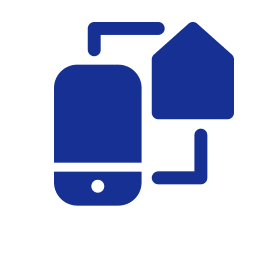How Do You Monitor Carbon Monoxide?
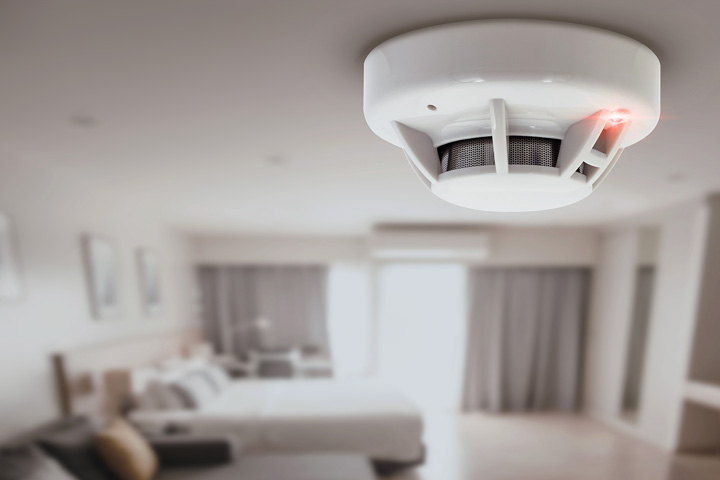 Carbon monoxide is an odorless, colorless, and poisonous gas known as the “invisible killer.” Because carbon monoxide, also known as CO, is not detectable by humans, using a detector to monitor for carbon monoxide leaks in your home is crucial. Here’s what you need to know about monitoring carbon monoxide.
Carbon monoxide is an odorless, colorless, and poisonous gas known as the “invisible killer.” Because carbon monoxide, also known as CO, is not detectable by humans, using a detector to monitor for carbon monoxide leaks in your home is crucial. Here’s what you need to know about monitoring carbon monoxide.
Why Monitoring Matters
Monitoring carbon monoxide should be non-negotiable because humans cannot detect this gas through smell or color as it contains neither. The only way to truly know if there is a carbon monoxide leak in your home is by using a detector. While every home should be equipped with a carbon monoxide detector, this is especially true if you have:
- Fuel-burning appliances, including water heaters, furnaces, or boilers
- Clothes dryers
- Fireplaces. Have your fireplace cleaned and inspected before each heating season to prevent carbon monoxide poisoning.
- Gas ovens and stoves. Limit the use of these items to cooking and not for heating the room.
- Grills
- Generators: Keep gas-powered generators a safe distance from your house.
- Wood stoves
Additionally, if you park your car in the garage, you are at risk of carbon monoxide poisoning, as idling cars emit carbon monoxide. When it comes to monitoring carbon monoxide, it’s better to be safe than sorry and equip your home with CO detectors.
Placement of Carbon Monoxide Detectors
According to the United States Environmental Protection Agency, you must place a carbon monoxide alarm in the hallway near each sleeping area of your home. Carbon monoxide can spread and cause harm before anyone knows what’s happening.
Unfortunately, people who are sleeping can die of CO poisoning before they have or become aware of symptoms, says the CDC. In fact, their website states that each year, more than 400 Americans die from unintentional carbon monoxide poisoning that is not linked to fires.
Pay close attention to the instructions and warnings associated with your chosen CO alarm.
How CO Monitors Work
While carbon monoxide is undetectable to human senses, carbon monoxide detectors can detect it thanks to how the chemical alters the electrical resistance or the color of specific materials. Carbon monoxide detectors measure the concentration of CO in the air. If the detector senses the chemical over a few hours, it will trigger the alarm.
There are a few different types of carbon monoxide detectors. The most common use is with electrochemical sensors. These sensors are composed of electrodes submerged in an electrically conductive solution. As CO enters the gas-permeable compartment where the sensor is housed, a chemical reaction occurs leading to a surge. Once a specific amount of CO is detected, the sensor will set off the alarm.
Symptoms Associated With CO Poisoning
Having CO detectors placed around your home is important, but you should also be aware of the signs and symptoms of CO poisoning, which include:
- Dizziness
- Weakness
- Headache
- Nausea/vomiting
- Shortness of breath
- Rapid heartbeat
- Chest pain
- Loss of consciousness
If you suspect CO poisoning, get outside into the fresh air immediately and then call 911. You will need medical attention to confirm and treat the poisoning.
Integrating carbon monoxide detectors into your monitored home security system ensures you’ll receive alerts and support if CO is detected in your home.
NEXT STEPS:
- Contact us today to learn more about our services.
- Learn more about what home security means to us.
- Subscribe to our blog to stay informed about the latest security news and insight.






